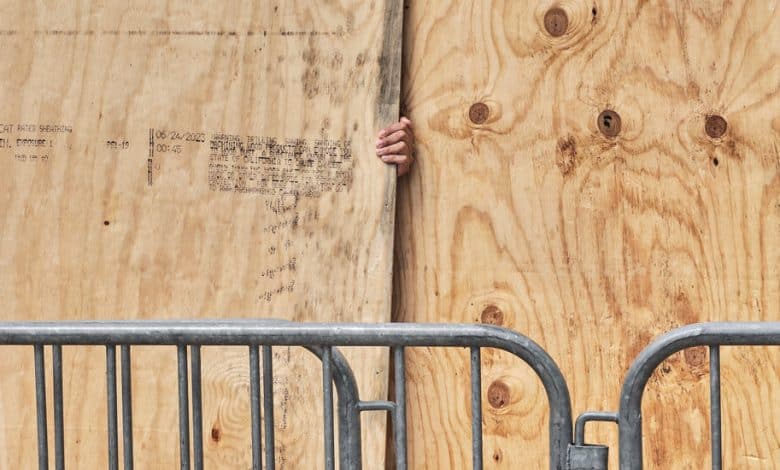A Way Back from Campus Chaos

Protesting the world’s wrongs has been a rite of passage for generations of American youth, buoyed by our strong laws protecting free speech and free assembly. Yet the students and other demonstrators disrupting college campuses this spring are being taught the wrong lesson — for as admirable as it can be to stand up for your beliefs, there are no guarantees that doing so will be without consequence.
The highest calling of a university is to craft a culture of open inquiry, one where both free speech and academic freedom are held as ideals. Protest is part of that culture, and the issue around which so many of the current demonstrations are centered — U.S. involvement in the Israel-Hamas conflict — ought to be fiercely and regularly debated on college campuses.
The Constitutional right to free speech is the protection against government interference restricting speech. Therefore, leaders at public universities, which are funded by government, have a heightened duty to respect those boundaries. Private institutions don’t have the same legal obligations, but that doesn’t relieve them of the responsibility to encourage open dialogue whenever and wherever possible on their campuses. It’s essential to the pursuit of learning.
In the real world, though, this can get messy, and nuance is required when free speech comes into tension with protecting academic freedom. The earliest universities to adopt the principle of academic freedom did so to thwart interference and influence from totalitarian states and religious zealotry. Today, the American Association of University Professors defines it as “the freedom of a teacher or researcher in higher education to investigate and discuss the issues in his or her academic field, and to teach or publish findings without interference from political figures, boards of trustees, donors or other entities.”
Student codes of conduct and other guidelines are meant to relieve some of the tension between free speech and academic freedom, as well as to ensure that schools are in compliance with government regulations and laws. Every campus has them. But rules matter only when guardrails are consistently upheld. It’s in that enforcement that the leadership of too many universities has fallen short.
The point of protest is to break such rules, of course, and to disrupt daily routines so profoundly as to grab on to the world’s attention and sympathies. Campuses should be able to tolerate some degree of disruption, which is inherent to any protest. That makes it even more important that school administrators respond when the permissible limits for speech are violated.
